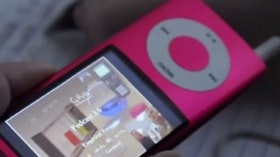Homepage
•
Learning Library
•
Blog
•
Flipped classroom 101
Expand breadcrumbs
Expand breadcrumbs
- Learning Library
- Blog
- Flipped classroom 101
- Homepage
- •
- Learning Library
- •
- Blog
- •
- Flipped classroom 101








